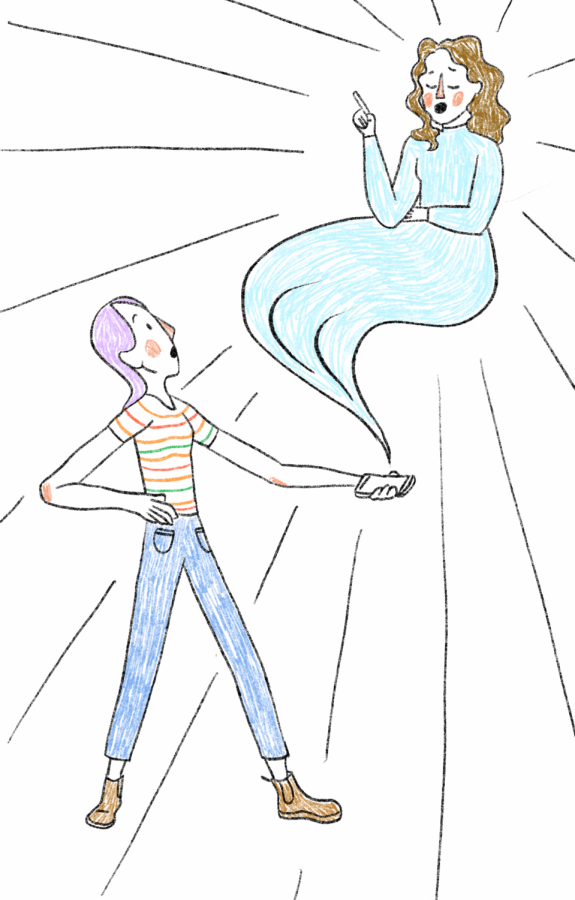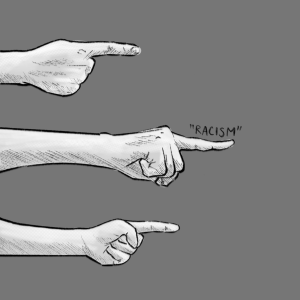TERF Pipeline Finds a Home on TikTok
January 3, 2022
A brand of supposedly feminist thought dubbed “Trans Exclusionary Radical Feminism” (TERFism) by critics has flourished on internet forums for about a decade. Rooted in the belief that patriarchal oppression is inextricably based in the sexual organs that one is born with, the ideology cloaks blatant transphobia with paranoia over supposed non-women invading women’s spaces. To TERFs, transgender women are predatory and invasive, and transgender men are self-hating victims of the patriarchy. TERFism preys on women with traumatic experiences at the hands of men (an unfortunately large demographic) to create a black and white world where women are vulnerable and men are inherently manipulative and dangerous. Its lack of intersectional analysis is incredibly harmful in its propensity to spawn bigotry—as exemplified by the comments of figures such as author J. K. Rowling and on news outlets like the BBC in recent years. More recently, TERFist talking points have begun to infiltrate a new space and often well-meaning consumers on apps like TikTok.
An example of this sort of content is body positive messaging that excludes men or fixates on denigrating men’s appearance as a form of releasing anger (see: height-shaming). It is worth noting that a blanket hatred of men is a response often rooted in the abuse that people affected by misogyny suffer under patriarchy, and is both understandable and useful in fueling collective action. However, the idea that these comments constitute “punching up” reflects conceptions of biological essentialism that ignore any kind of intersectional analysis. The height standard for men is ultimately derived from the same patriarchal messaging about male strength and women’s comparative fragility that harms women.
TERFism preys on women with traumatic experiences at the hands of men to create a black and white world where women are vulnerable and men are inherently manipulative and dangerous.
Another harmful trope that borders on TERF ideology which has become commonplace on TikTok is the over-idealization of sapphic relationships, again resulting from projected trauma of the harm many misogyny-affected people suffer in heterosexual ones. Painting sapphic relationships as cottagecore dreamlands where women are safe from all harm reinforces the incorrect idea that women can’t be perpetrators of abuse, and men can’t be victims. The portrayal of these relationships as utopias props up the same gender essentialism that is a gateway to TERFism.
A further example of this sort of take that lacks intersectionality is the idea that because the sex work industry is disproportionately harmful to women and capitalizes on patriarchy, it should be criminalized and sex workers should be demonized as complicit in perpetuating that harm. What criminalization actually does is put sex workers, whom a shred of material analysis will demonstrate to be incredibly societally vulnerable, in a position of further marginalization. Incarceration is not the path to women’s liberation, and this sort of anti-sex-worker “feminist” rhetoric has even been labeled “SWERFism” because of how often it coincides with TERF ideology.
It’s well known that the algorithms on social media platforms are designed to capture and hold consumers’ attention by displaying videos related to their previously liked content. This results in the formation of the curated For-You-Page echochamber that we all carry around in our pockets, but it has consequences beyond excessive screen time. Liking videos with these takes does not invariably encourage bigoted thinking, but sends consumers into rabbit holes of content that further cement these harmful ideas. Be careful not to fall into these binary thinking traps that lack necessary analysis, or better yet, don’t get your feminism from TikTok.










